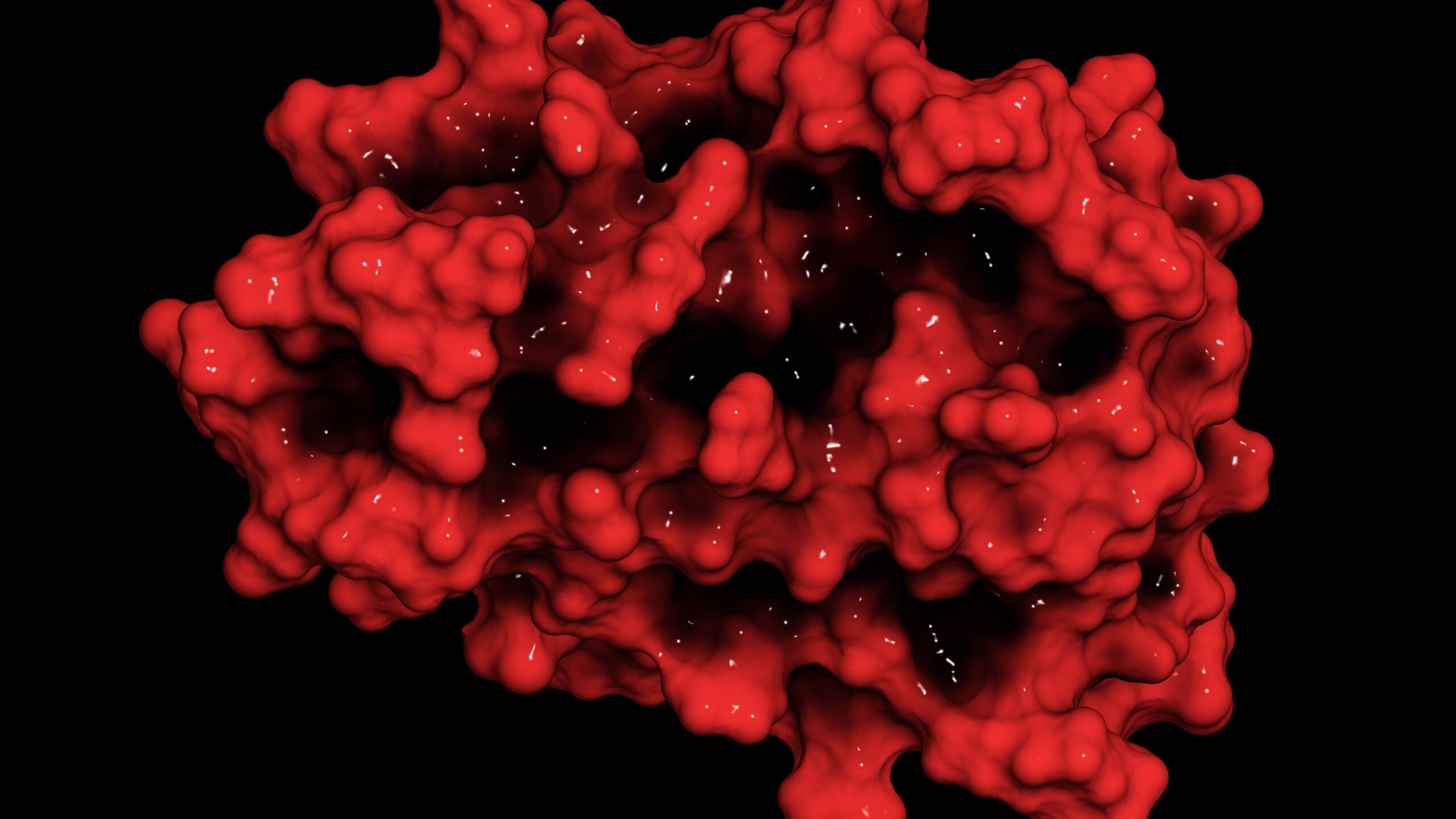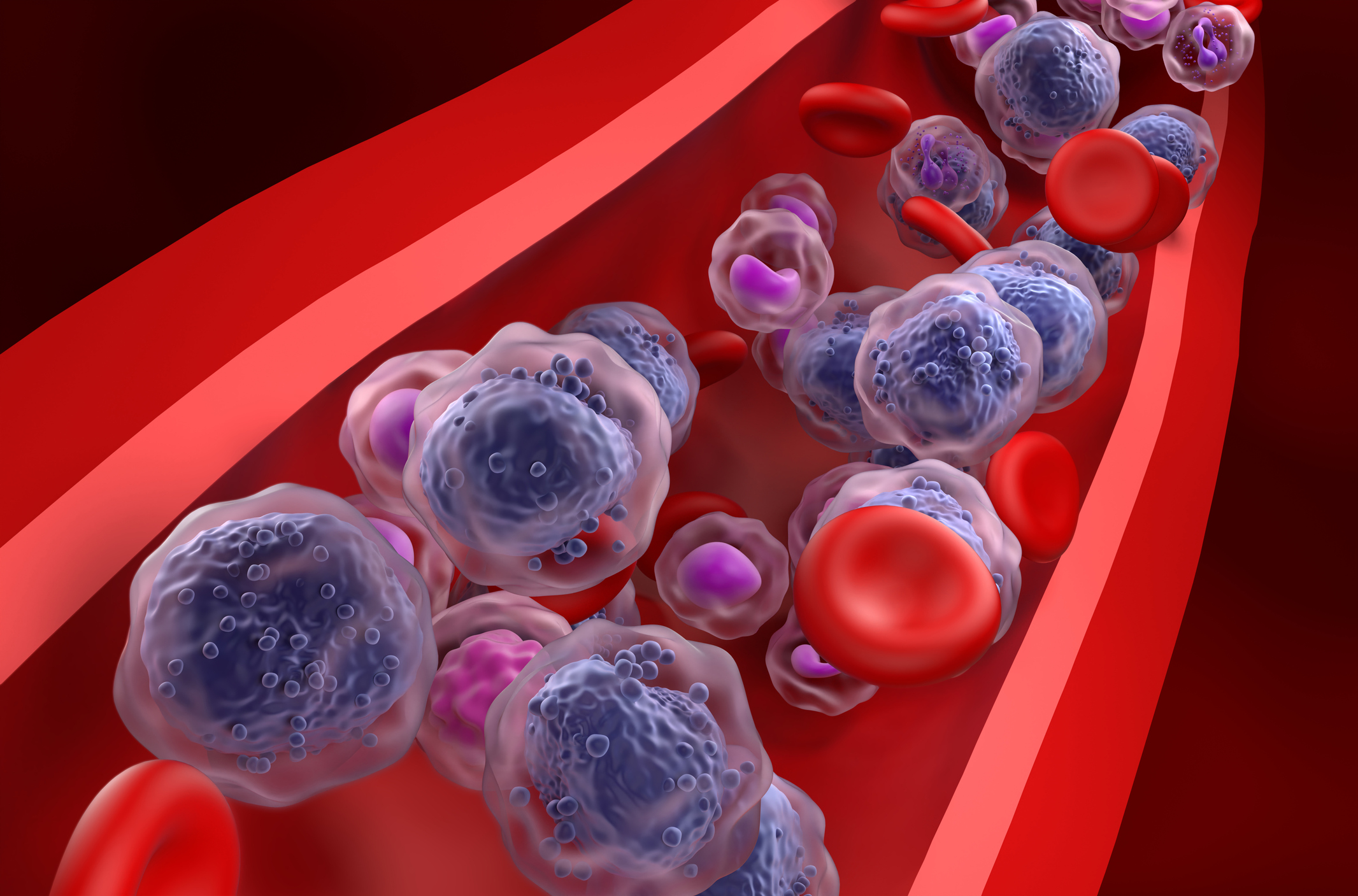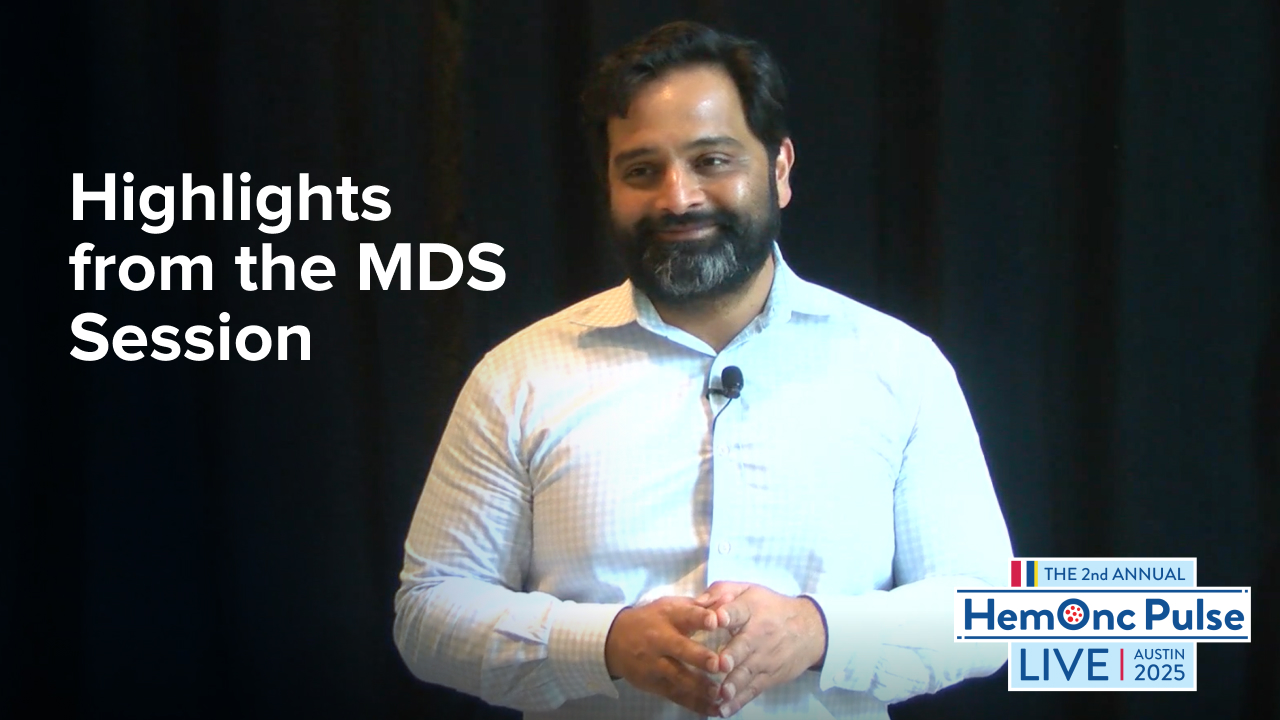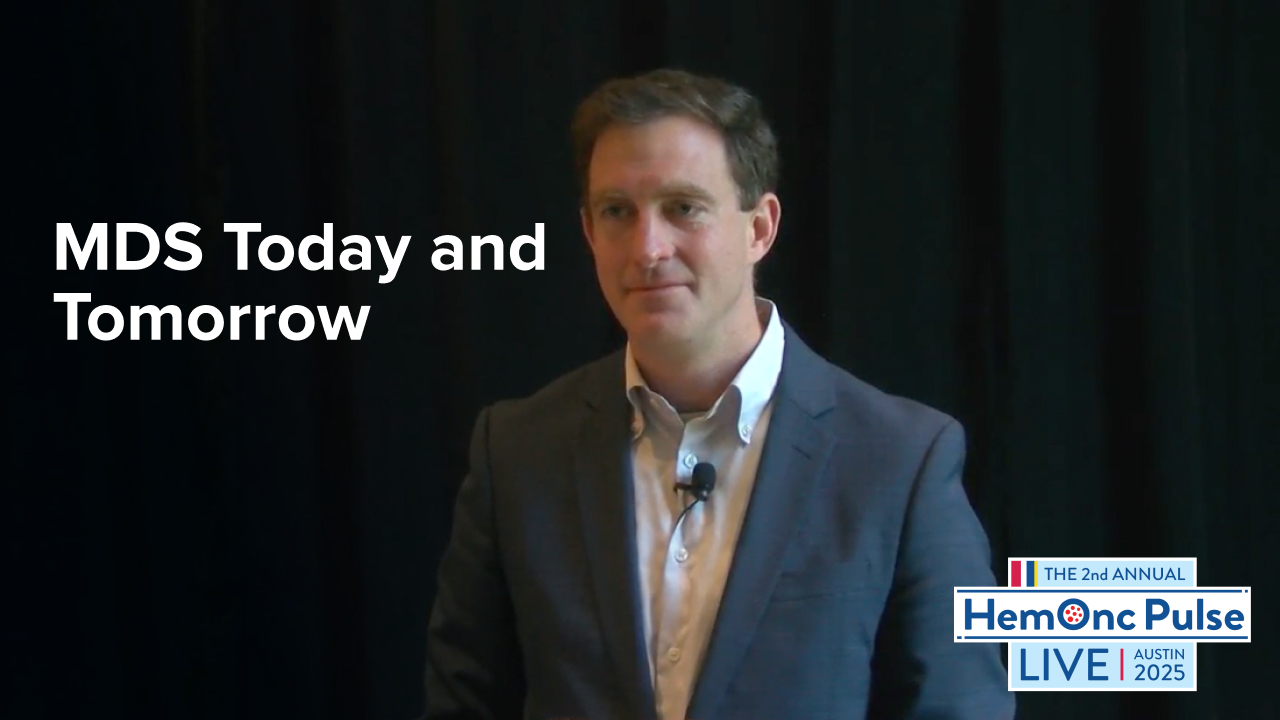
Erythroid-stimulating agents (ESAs) had a high rate of failure overall and across key subgroups based on ring sideroblast (RS) status and erythropoietin level among patients with lower-risk myelodysplastic syndromes (MDS), according to an analysis from the Florida Cancer Specialists & Research Institute. The findings were presented by Gustavo Fonseca, MD, at the Society of Hematologic Oncology 2024 Annual Meeting in Houston, Texas.
The analysis included 359 patients (median age at diagnosis, 79 years; 65.2% male; 88% White), of which 59.3% had RS below 5% and 22.8% had RS of 15% or more. At ESA initiation, hemoglobin was less than 8 g/dL in 12.5% of patients; 8–10 g/dL in 61.0%; and more than 10 g/dL in 23.9%. Erythropoietin level was less than 200 U/L in 86.8% of patients, and 80.8% of patients had no transfusions in the eight weeks prior to ESA initiation.
How Many Patients With MDS Respond to ESAs?
Overall, 32% of patients had a response to ESA therapy. Of the 68% who failed, 90.6% did so within 60 days of starting therapy. The average time on ESAs after failure was 604 days, and 63.5% of patients stayed on ESAs for more than 365 days after failure.
ESA failure was observed in 63.4% of patients with RS below 5%, 74.4% with RS of 15% or more, and 68.7% with erythropoietin level less than 200 U/L. The average times to failure for those subgroups were 57, 60, and 61 days, respectively.
“Most patients had no transfusions in the eight weeks prior to treatment, suggesting that ESAs may not be effective at increasing hemoglobin levels in patients with lower-risk MDS,” Dr. Fonseca and colleagues concluded.
Reference
Fonseca G, Warner A, Ming A, et al. Management of patients with lower-risk myelodysplastic syndromes (LR-MDS) in a large US community oncology practice: a focus on patient outcomes post erythropoiesis-stimulating agent (ESA) treatment. Abstract #MDS-276. Presented at the Society of Hematologic Oncology 2024 Annual Meeting; September 4-7, 2024; Houston, Texas.






 © 2025 Mashup Media, LLC, a Formedics Property. All Rights Reserved.
© 2025 Mashup Media, LLC, a Formedics Property. All Rights Reserved.